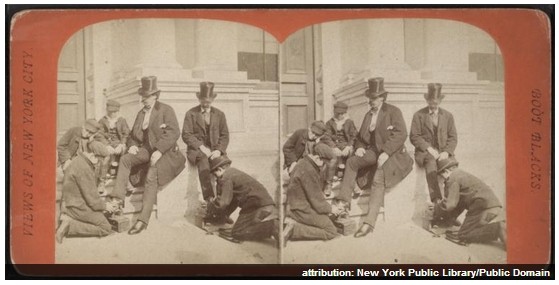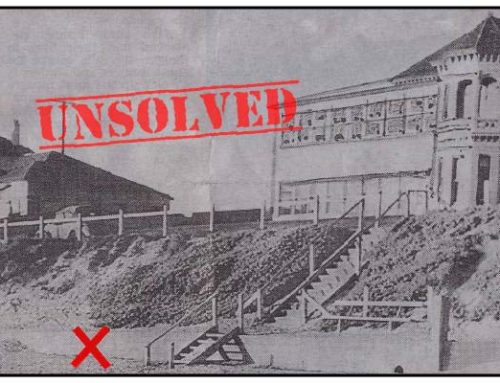Who hasn’t been inspired by a good rags-to-riches story from time-to-time? Such stories have been around for a couple of hundred years, and it’s what led numerous individuals to leave their homeland for the shores of America, the Land of Opportunity.
This News to Share Brief, however, is more about it all being a myth than it being something able to lead a select few to obtain riches.
It appears that Horatio Alger Jr., of the mid-19th century, gave the American rags to riches myth a jump start through his “bootblack” tales. They were written for young boys about young boys going from rags to riches – all of it a myth.
Mark Andersen, in a article for Daily Kos, explains, in part:
“Horatio Alger Jr. does not have a corner on the market with perpetuating the myth of rags to riches. We see it in films like Ma and Pa Kettle, Rocky, and Trading Places. On television we see it on The Beverly Hillbillies, game shows like Who Wants to be a Millionaire, talent shows like American Idol, and reality shows like Survivor. The theme of the movies and scripted television shows is that anyone with a little luck, or with a skill, can become rich. Game shows push the myth that you can play and win; however, they never show the winner having to sell the prizes to pay taxes on their winnings, or how people struggle dealing with sudden fame and fortune. Shows like American Idol portray how “easy” it is to become a star, but in reality very few fortunes are made in the music business, there are millions of amazing artists out there who play in bars every weekend with no shot at ever getting a huge recording contract.”
Of course…
The bootblack opportunity has pretty much seen its day. Unfortunately plenty has cropped up to replace the alure. Individuals pursue unsuspecting investors, casinos pursue hard-core gamblers, even states are in on the myth, pushing lotteries, all the while cautioning, tongue-in-cheek, to “play responsibly”.

CEO’s may not have gone from rags to riches, yet in chasing the mighty dollar (in volumes), they will proclaim that they are worth the earnings which brings them 350* times the average worker.
There’s an attraction towards the myth, something which has dominated American culture from before our nation was founded, that deserves to lose some of its appeal.
Andersen relates to the myth personally, even titling his Daily Kos article “The damage done by America’s rags-to-riches mythology” where he states:
“I remember when I first got out of the U.S. Army and my dad had me meet with an insurance salesman about a life insurance policy. The whole sales spiel at the time was that if I paid X amount of dollars each month, I’d be a millionaire by the time I hit 40. The allure of me being a millionaire by the time I was 40 was too much for my dad—he wanted me to put my money in this policy, money I needed for school. I did it for a while, but paying my rent in the present eventually won out over millions when I was 40. Even my dad was drawn in to the allure of millions, the man who did not trust the stock market wanted me to put my money into a something that invested in the stock market.”
Rags-to-riches will always have its attraction, but it shouldn’t consume us as a nation. Realize the stories for what they are… temporary dreams and myths. If they provide excitement. so be it, just keep things in perspective.
*350 — see The Washington Post article “The pay gap between CEOs and workers is much worse than you realize”
News to Share Brief source: Mark Andersen’s “The damage done by America’s rags-to-riches mythology” for Daily Kos
Opening stereoscopic image: New York Public Library / Public Domain
image this page: CC0 Public Domain license via Pixabay




